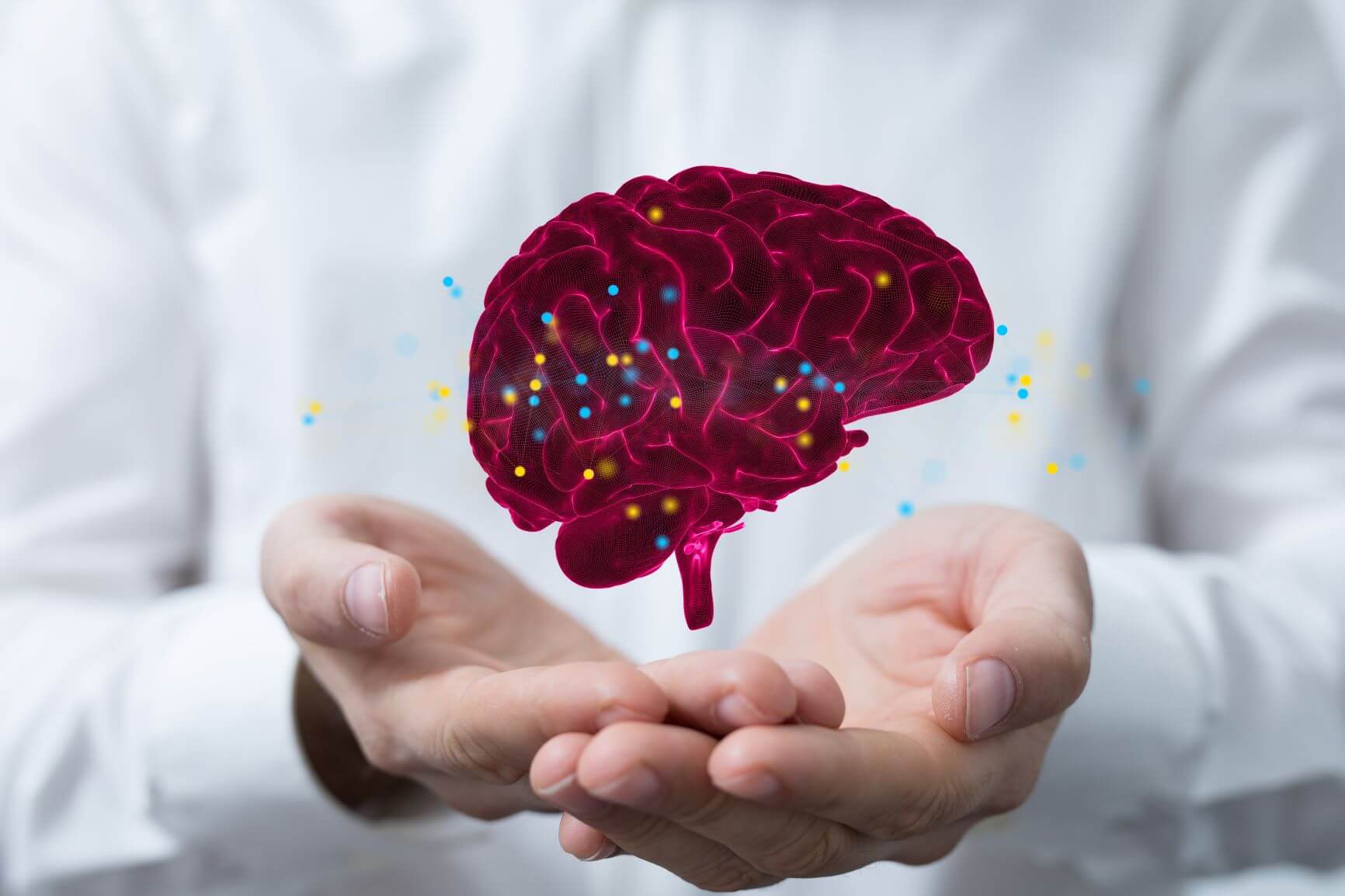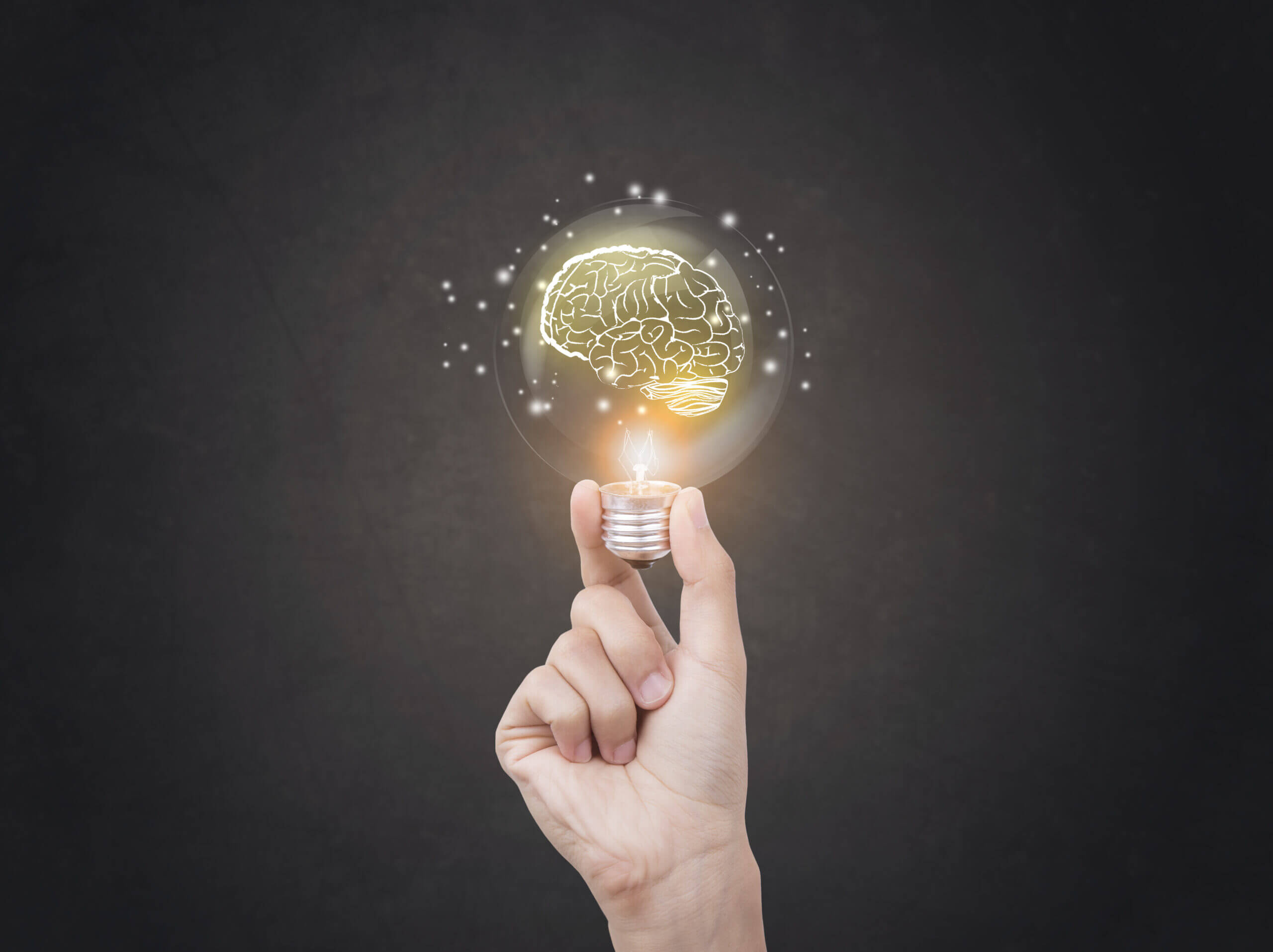How is memory made?
Our ability to generate and draw upon new memories is far more complex than one might think. The process of creating new memories and drawing upon them hours, days, months, or even years after they occured involves various stages. When we are creating a new memory, we need to pay attention to the new information coming in, analyze it, move the new information from short-term memory to long-term memory, and then finally store it in the relevant “folder” in the brain network.
As an example, a person who tastes mango for the first time should pay attention to all of its relevant aspects: the name of the fruit, its taste, and its appearance. He then will analyze and understand the information that enters (e.g., “orange”, “round”, “sweet”, “delicious”, “annoying texture”, etc.) and tie each of the different aspects of the mango into a single concept. If enough attention is paid to all the details, the new memory of the mango fruit will undergo consolidation and then be stored in long-term memory. The new concept created — “mango” — will be stored in the “fruit folder” in the brain, along with an apple, pear, and orange. If the man happened to analyze the information more thoroughly, he might even store the mango in the “tropical fruit” folder, alongside pineapple and papaya. Just like at home or in the office, so in our memory — the more organized the information, the better it will be stored, and the better organized things are, the easier it is to access them.
What is the name of the actor from that movie? Something with N…
And what about the memories themselves? Remembering the relevant concept from a memory is an equally complex process. Suppose the same man wants to tell his wife about the fruit he has just tasted. To do this, he will need to know which folder to look for, and for that he needs the so-called “retrieval hint”. A retrieval hint can appear as a result of association — for example, from seeing a mango in a supermarket or watching someone eat a mango on TV. Upon accessing the “fruit folder” in his mind, the person needs to retrieve the right fruit. Ideally, once the person has retrieved the fruit he was looking for, all the information related to it will be available in his memory. In reality, not all of the information may be available to him at that moment: the person may remember the taste of the mango and its texture, but may not be able to remember the name of the fruit (“It was orange, something with an “M”… mandarin? Maybe actually papaya?”).
We are all familiar with the phenomenon, “on the tip of the tongue”: we know what something looks like and even where we came across it, but fail to pull out the name. Thus, for example, we may try to remember the name of King Saul Street, but instead of pulling out the correct name, we, for some reason, remember King Solomon Street — this is because they are both kinds, of course, but also because the names sound similar (both contain the letters S and L). Even the sound of the word is a retrieval hint. One of the reasons for the “on the tip of the tongue” phenomenon is that when we learned the name of the street (or the fruit), the various details connected only partially, and not in a strong enough way to be remembered. In this situation, the connections that were initially formed were not enough to fully retrieve the information, and so we will have to gather more retrieval clues until we finally remember the word “mango”.
Actually, difficulties with memory can arise in any part of this chain.
In the initial stage, lack of attention to relevant information will impair the absorption of incoming information. Afterwards, it may be difficult to put certain characteristics together (e.g., taste, shape and color) and to “file” the new information in the right place. Finally, it may be difficult to retrieve the desired memory through retrieval hints.
All of these limitations may undermine our ability to remember something quickly and completely.
Memory in Old Age
Age inevitably brings with it many physiological changes. One of the changes is manifested as a decrease in efficiency of some brain abilities. This affects memory both in the attention stage, the “filing” stage and the retrieving stage.
However — the brain never sleeps. After all, the brain is the most flexible organ in the human body, as it is able to adapt and change itself by constantly forming new connections throughout a person’s life. It is now known that we are not only capable of producing new connections, but also new brain cells. These processes depend on the level of challenge that is posed to the brain. The more the brain is challenged with new and strenuous activities, the more it will be encouraged to create new connections, which could contribute to improved memory abilities at any age.



